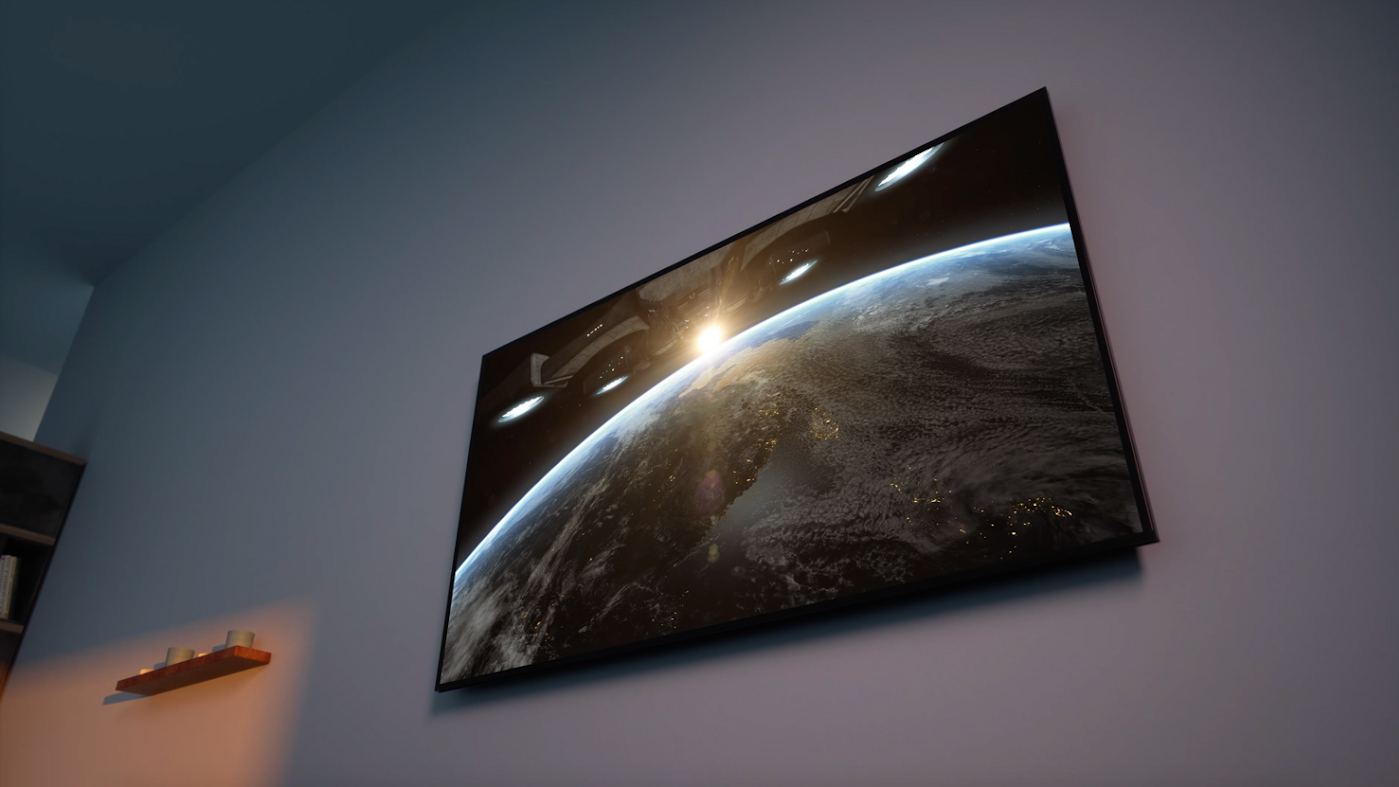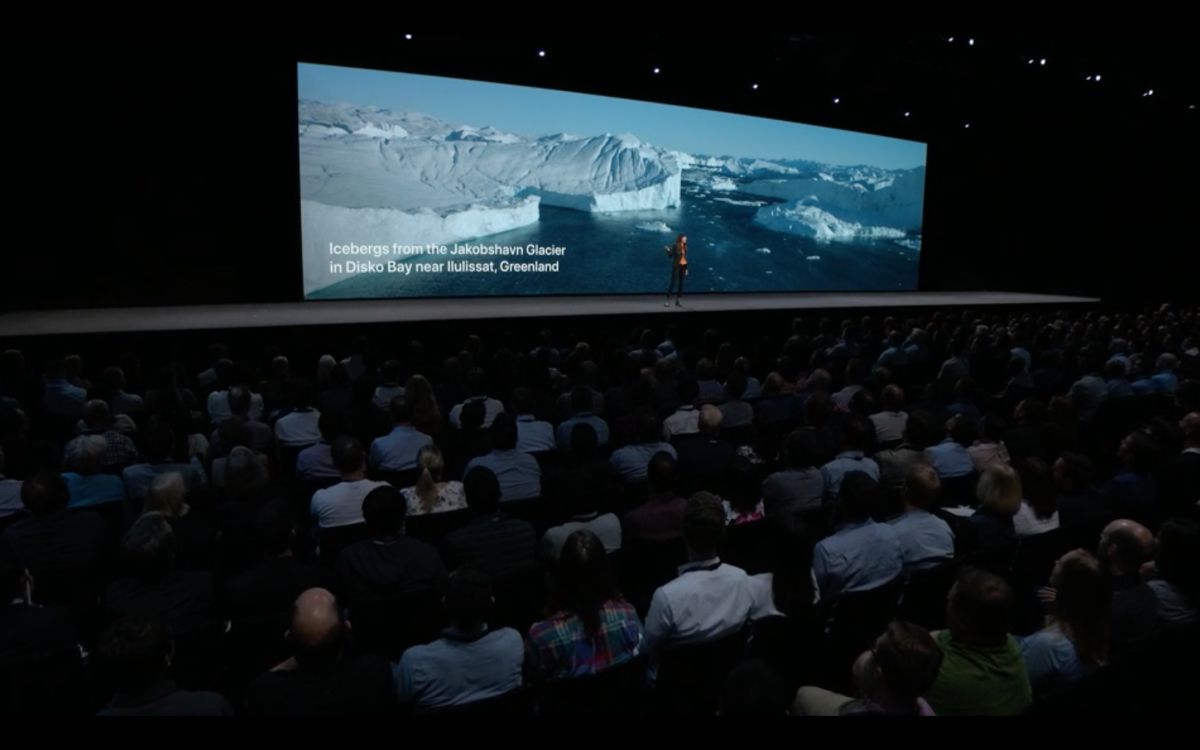

I will have a new post about changes I’ve made to my Atmos system coming up next week.SAN FRANCISCO and LAS VEGAS, Oct. The modules are angled forward, so even if you have your Surround speakers behind you a little, the modules should still bounce sound toward your seats.Ītmos is quite flexible. Whether the receiver will call that Top Middle or something else, I don’t know, because I don’t have those type of modules. If your Surround speakers are at 90-degrees to your seating position, the modules will effectively bounce sound directly over your head in the Top Middle position. Those modules have to be placed on top of either your front Left and Right or your Surround Left and Right. Keep in mind that you will be a little more limited if you plan to use upfiring speaker modules. I’m pretty sure that my Denon receiver would allow me to do just two speakers in the middle or just two speakers in the rear even if I didn’t have any in the front. This may vary depending on how a specific manufacturer implements Atmos in a specific receiver product, but the Atmos specs do not require that the first two height channels be in the front of the room.

If you have additional questions about Atmos, let us know in the Comments and I’ll see if I can get more answers. They could consider adding Dolby Atmos enabled speaker modules above the left back and right back surrounds. Or is it recommended that they add new surround speakers at seating level?Ī: Dolby’s recommendation is that surround speakers do not exceed 1 ½ times the height of the listening position.

Does this change the recommendation for a 7.1.4 minimum configuration? I would think that if the surround speakers are already up high, 7.1.2 would be a natural first upgrade. Q: Many viewers with traditional 5.1 or 7.1 systems already mount their surround speakers above ear level, either on the ceiling or high on the walls. Suggest he consider moving the couch slightly forward installing overhead speakers with wide diffusion characteristics behind the couch is also an option. The use of Dolby Atmos enabled speaker modules in the rear may create the more diffused soundfield he seeks.
#UPCOMING DOLBY ATMOS MOVIES INSTALL#
Something he may want to try is to install the front two overheads as outlined above and experiment with placing Dolby Atmos enabled speakers modules on the side walls in the rear of the room above listening level. Or choose to introduce Dolby Atmos enabled speakers (integrated or module design) to his left and right front speakers. If he is limited to a 5.1.2 setup, it’s recommended to place the two overheads in front of the listening position in the ceiling. Will this limit him to only to a 5.1.2 setup even though he’d like to use 4 ceiling speakers? How will the sound move across the Atmos channels if the top rear speakers can’t be behind the listening position?Ī: A 5.1.2 with 2 overheads in front seems to be the best route. Q: One reader has a small dedicated home theater with his main listening position against the back wall. We don’t expect video bitrates to be compromised the addition of the Dolby Atmos soundtrack on a Blu-ray disc. Our initial goals are to minimize overhead to 20% or less. Q: How much extra disc space will an Atmos track take up on a Blu-ray? Are studios likely to have to choose between either Atmos or 3D in order to maintain a decent video bit-rate, or can a Blu-ray accommodate both Atmos and 3D on the same disc without too much compromise?Ī: This depends on the complexity of the content itself. After conferring with his colleagues and tech experts, he responded with the following: I reached out to Joshua Gershman, the Public Relations Manager for Dolby Labs. In the Comments section to that piece, our readers came back with some good questions. Please see that one first for general information about the home version of Dolby Atmos. This post should be read as an addendum to last week’s article on Atmos. I asked Dolby to comment, and the firm has provided some answers. Our post last week about the upcoming home version of the Dolby Atmos surround sound format elicited some follow-up questions that weren’t covered in the original conference.


 0 kommentar(er)
0 kommentar(er)
